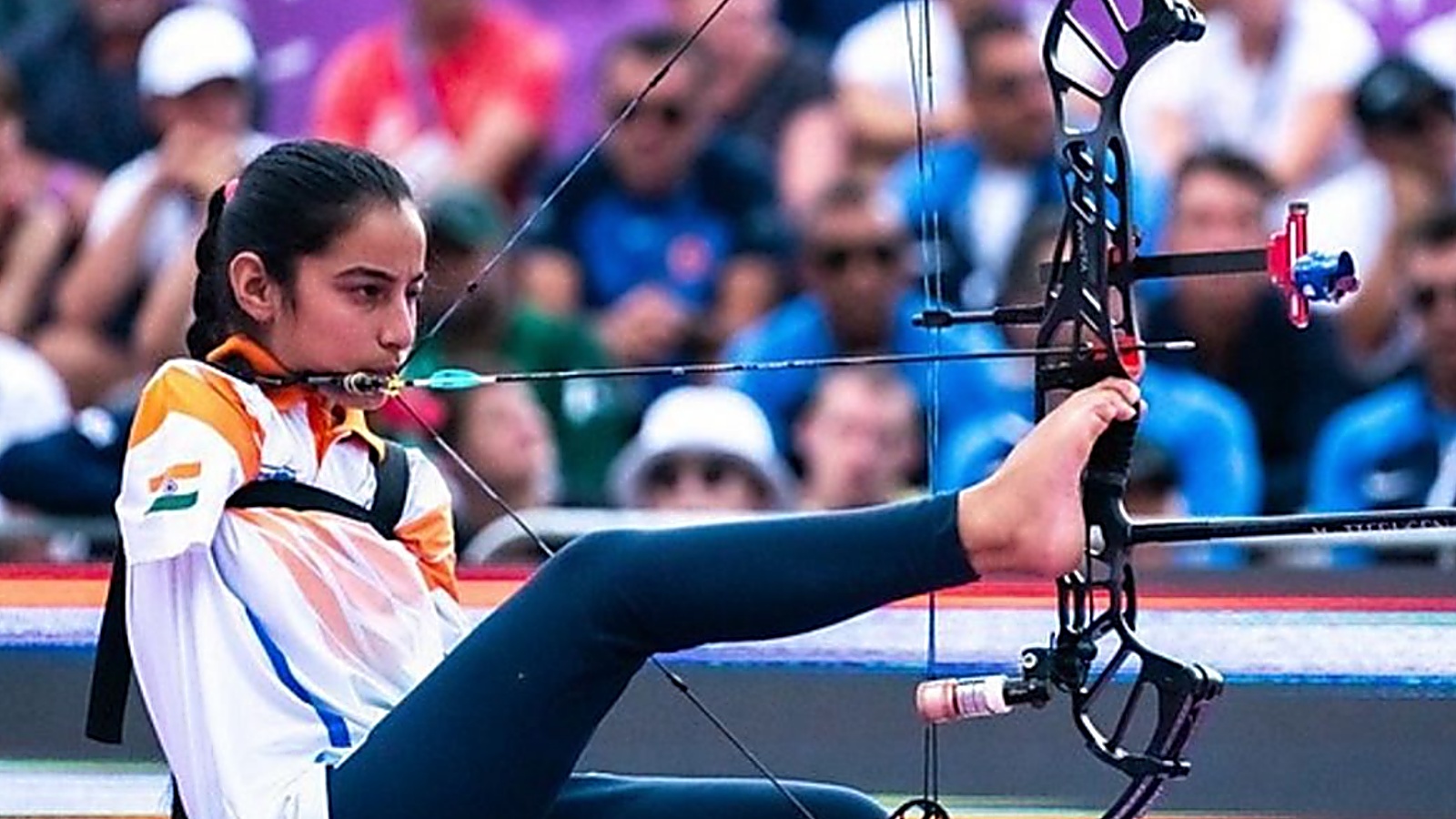Within the span of three Paralympic Games — in eight years — Indian women para-athletes have taken the tally of medals from one to 11 female medals (and still going strong!). In the 2012 London Paralympics, the Indian contingent did not have even a single woman para-athlete. In 2016 in Rio, I (Malik) became India’s first woman to win a medal when I won silver in the shot put event. My joy, paradoxically, was marred by a question: Why had it taken so long?
In 2021, when as a part of my responsibilities as President of the Paralympic Committee of India, we took the Indian team for the Tokyo Paralympics, our women won three of the 19 medals won by the entire contingent.
Now, girls have done us proud in Paris by winning 11 medals thus far. On September 2, half of the eight medals won by India in a single day were won by women. In India’s largest-ever Paralympics contingent, we have 84 para-athletes of whom 32 are women. They are competing in 11 of the 12 sports that India is participating in. The Paris Games will go down in history as the Games where India’s para-athletes proved that all we were waiting for was an opportunity.
Reform, from policy to society
This is the result of a combination of changes that have taken place simultaneously. There have been changes at the policy level, at the parasports administration level and the societal level.
After Rio, the incremental positive change in perception has been palpable. People began to realise that being a woman with disabilities does not have to mean being home-bound and bedridden. Sports began to be perceived as a source of empowerment for girls and women with disabilities, even a viable career path. Most importantly, it instilled confidence in families and caregivers of people with disabilities, who began to appreciate their “ability beyond disability”.
Till very recently, para-sports were treated as a charity. Even our federation, the Paralympic Committee of India, had the status of an NGO, not a serious competitive sports federation. It was only after para-sports were mainstreamed and became governed by the same policies as able-bodied sports that the previous ad-hocism gave way to professionalism. Our federation leadership is now athlete-centric. From just being a platform for entering international competitions, we are now playing a crucial role in training athletes. The federation maintains data, analyses performance and helps enhance athletes’ careers. From planning when to send them for international meets to getting their medical classification done — an environment of sporting excellence is being fostered from the grassroots to elite levels.
These policy changes have given para-athletes much-needed access to government funding. I was able to train on my own terms for Rio because of the Target Olympic Podium Scheme (TOPS) which allows full funding for the athletes in the excellence pool to customise their training. I was able to bring science into my training. I had a conditioning coach, a nurse assistant, a mental strength trainer, I had a physiotherapist, and I could get scientific injury management done. All these factors helped me focus on training and giving my best.
We need opportunity, not charity
We have so much untapped talent in our country. We need more opportunities for them — not more sympathy. We need to have robust District Paralympic Committees to find talent from the grassroots. Prime Minister Narendra Modi’s Khelo India is a step in this direction. Taking a cue from this, we at the PCI conducted the National Youth Para Games after a gap of 10 years and gave out scholarships to promising young athletes.
The performance of any nation at international events is not relative to its total population, but rather to its sporting population. If we want more medals, we need to have a larger number of people playing and for more women to win, we need to have more women in the field. We need the culture of sports, of fitness, to percolate to all levels.
At Paris, not only have we sent the largest number of women para-athletes, but we have sent them in a larger number of sports and with different categories of disabilities. When Sheetal picks up her heavy bow with her feet, cradles it against her chin and torso, aims and shoots, hitting the bullseye, I get goosebumps. Whether it is young women with paralysis, visual impairment, short stature, cerebral palsy, limb deficiencies or intellectual impairments, they all have risen the Indian tricolour at Paris 2024, and this equity of opportunities and celebrating excellence is what the Paralympic Movement is all about! When I see each woman in our contingent in Paris — Avani Lekhara, Simran Sharma, Deepthi Jeevanjhi, and Bhagyashri Jadhav to name a few — I feel that every step they take is a giant leap for women’s empowerment.
A lot has been done and a lot still needs to be done. I am looking forward to the day when women para-athletes represent India in every sport. Change is always incremental – in the global Paralympic Movement, we believe that #changestartswithsport and the daughters of India have proven this to be true at Paris 2024.
Malik is the first Indian woman Paralympic Medallist, former president, the Paralympics Committee of India and Padma Shri Khel Ratna recipient



